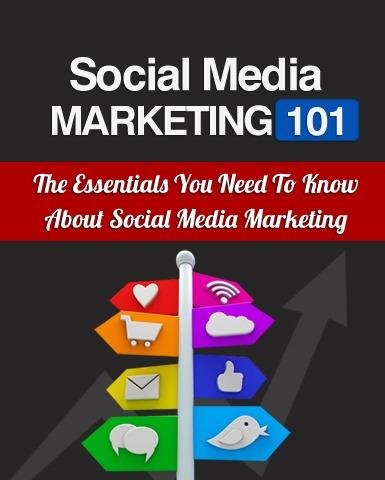Social Media Marketing 101
Social media marketing has become an essential strategy for businesses of all sizes, allowing them to connect with customers, increase brand awareness, and drive sales. Here’s a comprehensive guide to get you started on your social media marketing journey.
1. Understanding Your Audience
Before diving into social media marketing, it’s crucial to know your audience. Research their demographics, interests, and behaviors. Tools like surveys and social media analytics can provide valuable insights.
2. Choosing the Right Platforms
Not all social media platforms are created equal. Each serves different purposes and attracts different audiences. Here are a few key platforms to consider:
- Facebook: Great for community building and paid ads.
- Instagram: Ideal for visual content and engaging with a younger demographic.
- Twitter: Useful for real-time updates and customer service.
- LinkedIn: Best for B2B marketing and professional networking.
- TikTok: Perfect for creative and viral content aimed at a younger audience.
3. Creating Engaging Content
Content is king in social media marketing. Create a mix of content types, including:
- Images and videos: Use high-quality visuals to capture attention.
- Stories: Utilize ephemeral content to create urgency.
- Live videos: Engage your audience in real-time.
- User-generated content: Encourage your followers to share their experiences.
4. Developing a Consistent Brand Voice
Your brand voice should be consistent across all platforms. Decide on a tone that reflects your brand’s personality—whether it’s professional, casual, playful, or authoritative. This consistency helps in building trust and recognition.
5. Scheduling and Frequency
Consistency in posting is vital. Use social media management tools like Hootsuite or Buffer to schedule posts at optimal times. A good rule of thumb is to post several times a week on platforms like Facebook and Instagram, and more frequently on Twitter.
6. Engaging with Your Audience
Social media is not just about broadcasting messages; it’s also about engagement. Respond to comments, participate in conversations, and encourage discussions. This two-way interaction fosters community and loyalty.
7. Analyzing and Adjusting Your Strategy
Regularly analyze your social media performance using analytics tools. Track metrics such as engagement rates, follower growth, and conversion rates. Use this data to refine your strategy and improve your content.
8. Staying Updated on Trends
Social media trends change rapidly. Stay informed about new features, algorithms, and emerging platforms. Experiment with new trends to keep your content fresh and relevant.
Conclusion
Social media marketing is a powerful tool that, when executed well, can yield significant results for your business. By understanding your audience, choosing the right platforms, creating engaging content, and staying consistent, you can harness the full potential of social media to grow your brand.







Reviews
There are no reviews yet.